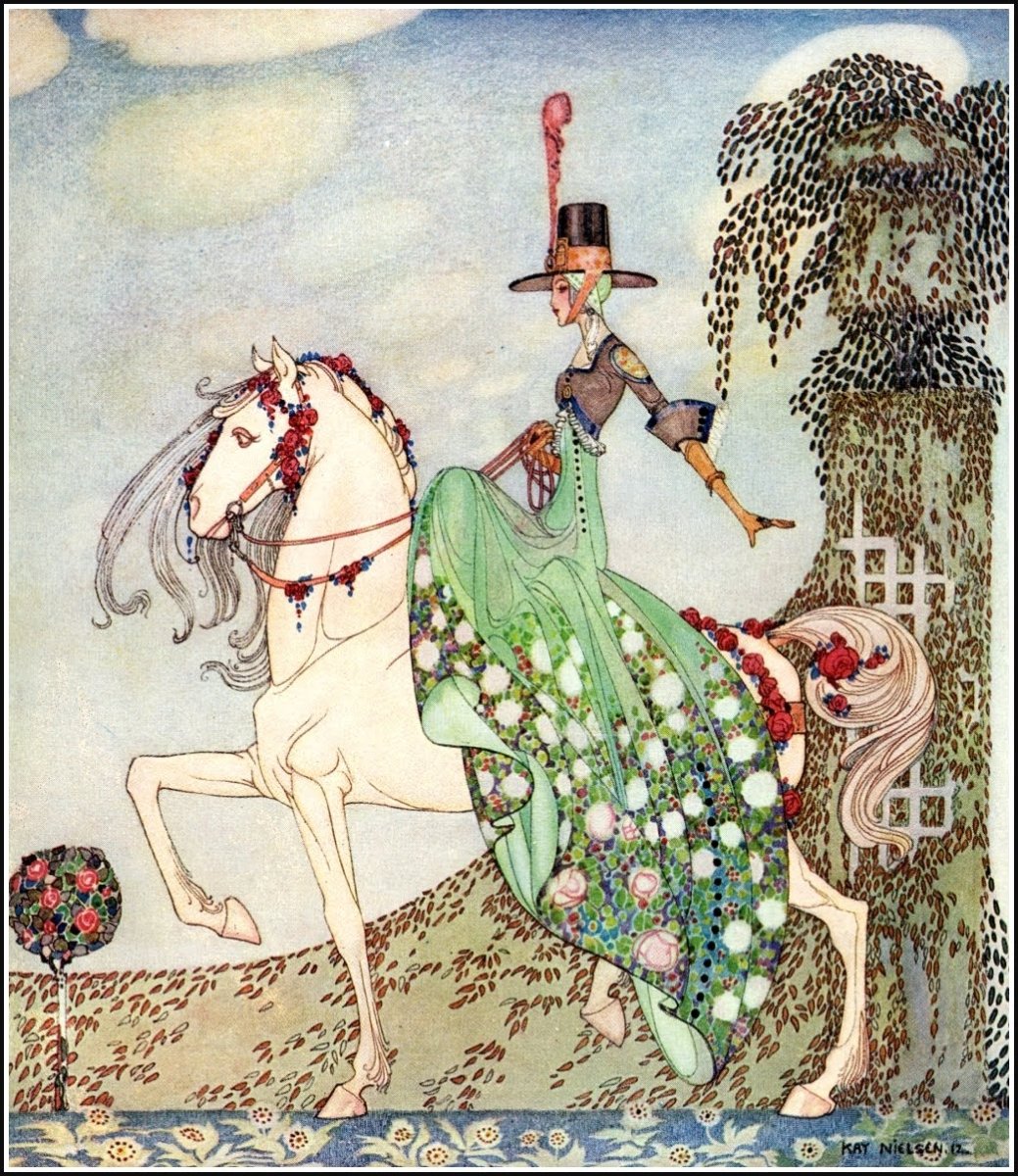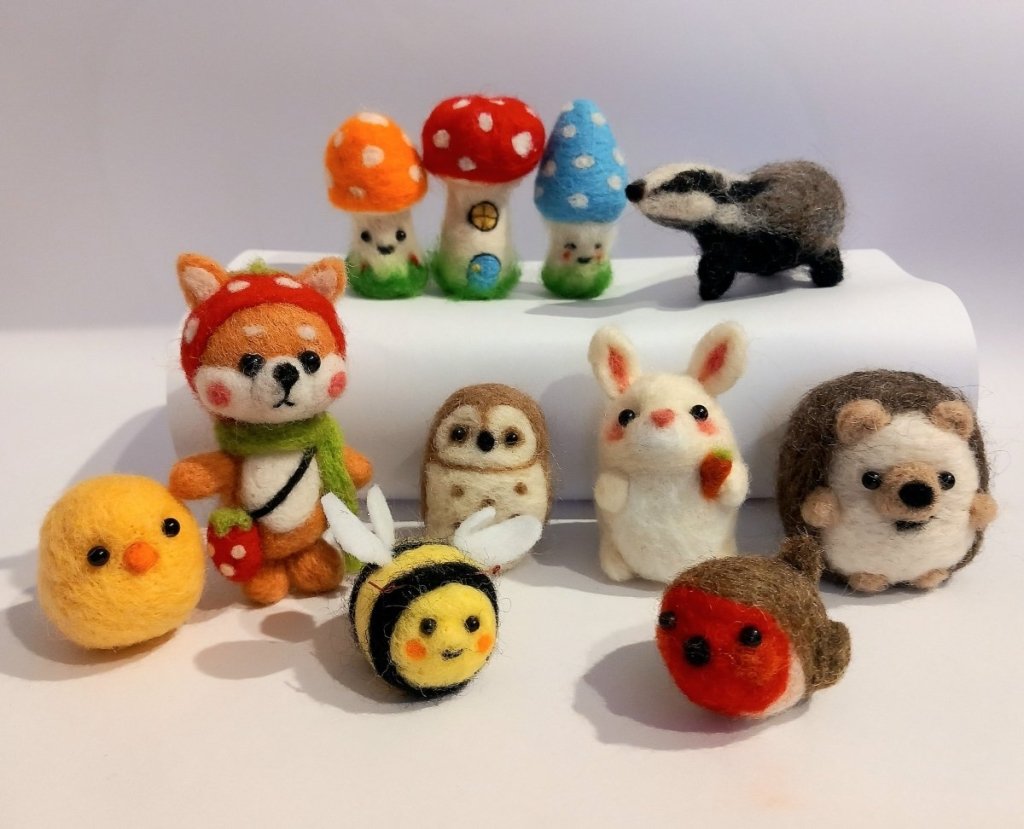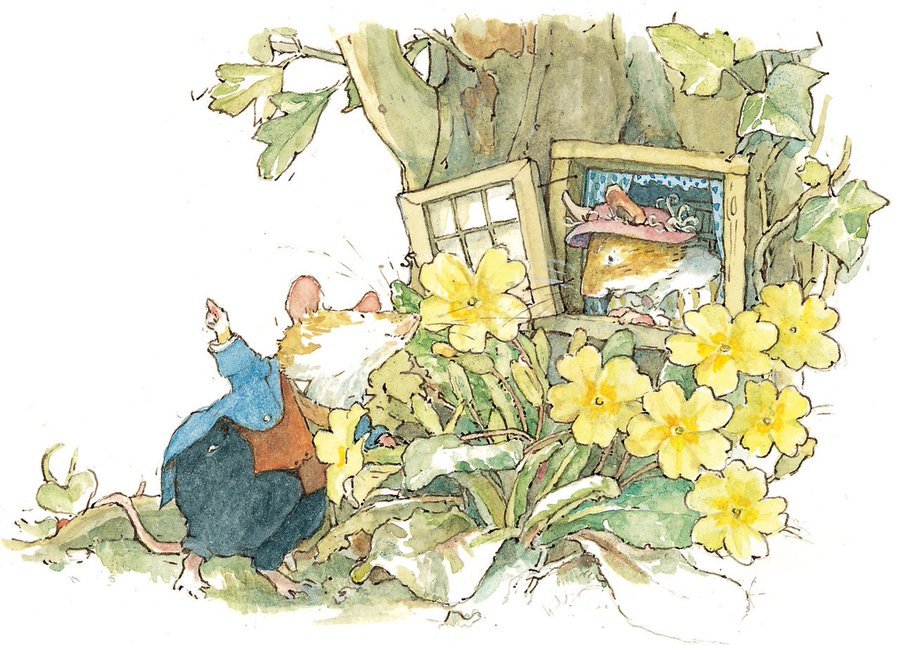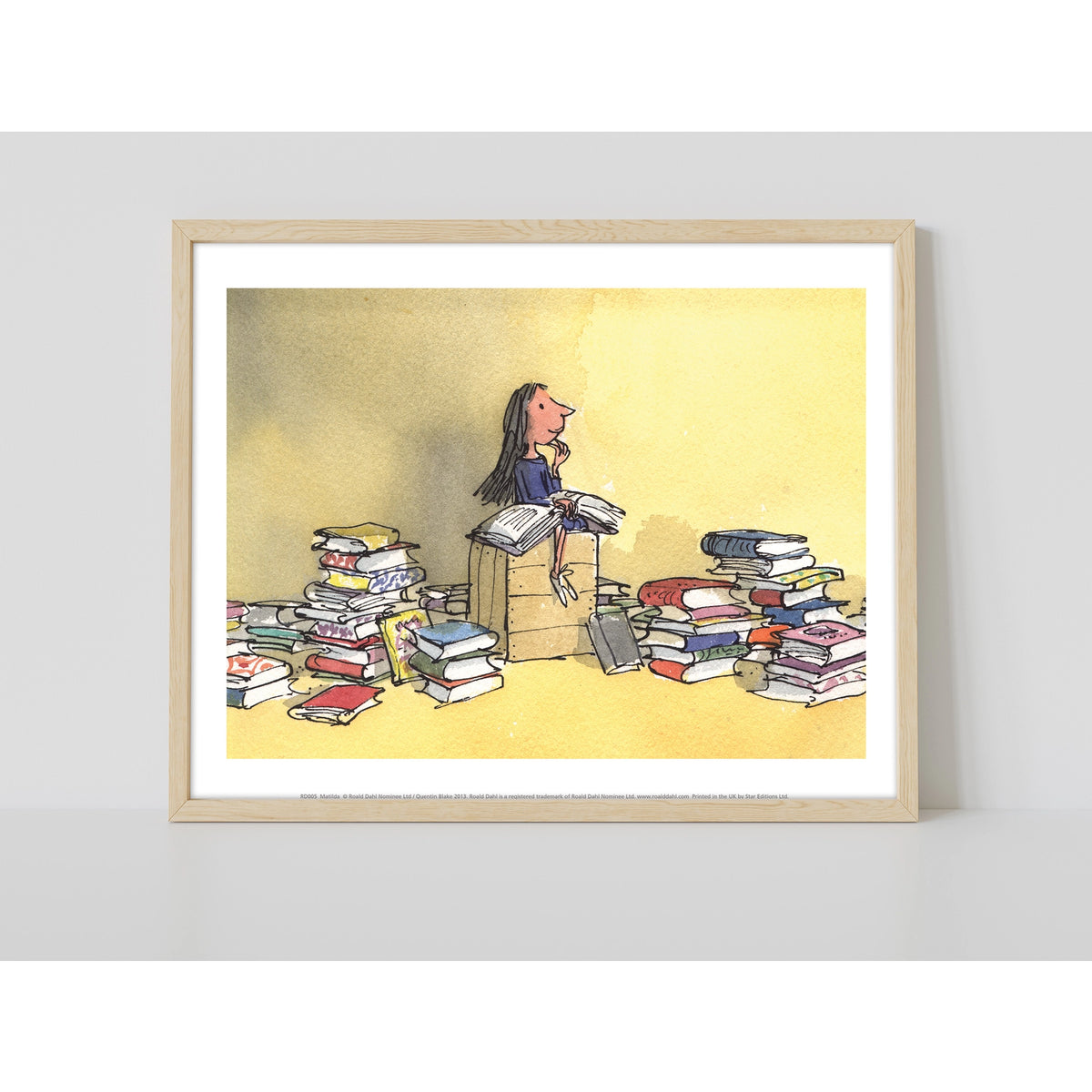Kay Nielsen: The Forgotten Genius

Every month we focus a blog on an illustrator that we love, giving you the opportunity to learn more about your favourite authors' background and influences, or to discover great picture books you may not have heard of. So far we've covered everyone from beloved Swedish children's author Sven Nordqvist, to the Australian artist Shaun Tan. This month we've chosen one of our favourite turn of the century illustrators, Kay Nielsen, whose work we have stocked since the first days of the shop.
Born at the right time
Kay Nielsen was a Danish illustrator who produced work during the Golden Age, a period of unprecedented excellence in illustration that stretched from the 1880s to the 1920s. The Golden Age came about when Carl Hentschel and other pioneers invented technologies that could reproduce paintings and drawings accurately and inexpensively for the first time. Public appetite for new graphic art grew, and sumptuously illustrated gift books became popular. Artists like Arthur Rackham, Warwick Goble and Kay Nielsen illustrated books of fairy tales from masters like the Brothers Grimm and Hans Christian Andersen, as well as new stories. Along with Rackham and Edmund Dulac, Nielsen is often considered one of the greatest illustrators of the age.
Nielsen was born into an artistic family; his father was the director of the Dagmar theatre in Copenhagen and his mother was the star of the Royal Danish theatre. He spent his early life being exposed to performance and design. As Noel Daniel points out in one of the brilliant essays in Taschen’s beautiful reissue of East of the Sun and West of the Moon, the figures in Nielsen’s illustrations often look like actors in front of stage backdrops. He draws lengthened bodies from a low-down perspective; his backgrounds are expansive and often flattened to make the figures stand out.
"And pop! Out flew the moon". Get the print here.
A new age for book illustration
The first book of fairytales Kay Nielsen illustrated was Powder and Crinoline, which shows a lot of the influence of Aubrey Beardsley, an illustrator who had a key impact on the Golden Age and on the history of book illustration itself. Before Beardsley, illustration had been mainly descriptive, and was to show only what the text had laid out. Beardsley treated every illustration as a work of art in its own right, and conferred new respect to the art of illustration. The advent of new technologies in reproducing images meant that artists could include more detail than ever, and Kay Nielsen’s illustrations for Powder and Crinoline are highly decorative. Every figure in his drawings is bedecked in flowing folds of clothing and the backgrounds are intricately detailed.

From Powder and Crinoline
In a testament to how much emphasis was placed on illustration over text in these gift books, several of the stories in Powder and Crinoline had already been published in another collection by the same publisher only three years earlier. The earlier collection was illustrated by Edmund Dulac, in a softer and more classical style. Golden Age publishers understood that a book could be transformed by its illustrator.
East of the Sun, West of the Moon
Nielsen’s break out book was East of the Sun and West of the Moon, published in 1914. Recently reissued in a sumptuous edition by Taschen, this collection of Nordic folktales were gathered by two folklorists in rural Norway in the mid 1800s and first published as a volume in 1841. As artists were starting to travel and study abroad more in the early 20th century, a cosmopolitan outlook was sweeping over Europe. But people were also beginning to focus more on their own country’s indigenous traditions. Many artists (including our own W.B. Yeats and Lady Gregory), became interested in fairy and folktales from the oral tradition. The Kay Nielsen edition of East of the Sun and West of the Moon came about at the right time, and combined new heights of illustration art with an appreciation for rich folklore.
Taschen's glorious reissue of East of the Sun and West of the Moon
This book represents some of Nielsen’s best work, and is the source of many of our illustrated prints. The influence of Aubrey Beardsley is less apparent here; the stories’ Scandinavian background gives Nielsen a chance to embody a style all his own, encompassing both his Nordic origins and the myriad influences he had absorbed in his travels.
From East of the Sun, West of the Moon
Nielsen studied art in Paris, worked with theatre companies in Copenhagen, became a success in London, and later worked as a creative director in Hollywood, including at Disney. East of the Sun, West of the Moon shows off his diverse range of influences, from Japanese block prints to the costumes of the Ballet Russes. The Ballet Russes, a Russian ballet company, debuted in Paris while Nielsen was a student there and quickly became an international sensation. Their work combined some of the best costumes, art direction, music and contemporary dance the world has ever seen, their style likely impacted Kay Nielsen as a young art student.
Vaslav Nijinksy of the Ballet Russes, and one of Kay Nielsen's costumed figures from East of the Sun, West of the Moon
Too dark for Disney
Although their work for illustrated books was tremendously popular, artists in the Golden Age were still paid very little. Most had to depend on sales from their original work in gallery shows to make a living. In 1939, Nielsen moved to California to seek work with film companies, and was hired by Walt Disney to work on Fantasia. He worked on the memorably dark sequence “Night on Bald Mountain”, and the sombre procession for “Ave Maria”. Nielsen’s aesthetic stands out in stark contrast to the cute mice and dancing mushrooms in other parts of the film.
Nielsen's concept art for Disney's Fantasia
While at Disney, Kay Nielsen also produced concept art for The Little Mermaid, a project that was shelved until its eventual release in 1989. (He is credited on the 1989 version as a visual development artist). Although he was well respected by the other artists and animators at Disney, Nielsen was let go after four years, and entered a period of struggles in which he found little exposure. Unfortunately, his style had fallen out of favour in the latter years of his life. His last published book had been Red Magic, published in 1930, which shows a change in his output. His monochrome drawings here are more minimalist, as tastes were moving away from intricately detailed gift books and towards art deco simplicity.

From Red Magic
Descent into obscurity
The embellished gift books with which Nielsen made his name were no longer wanted, and neither was his artwork. He worked on a collection of illustrations for Arabian Nights which he was unable to find a publisher for, that remained unseen until many years after his death. Nielsen descended into obscurity and spent the remaining years of his life painting wall murals and farming chickens. Some of his murals can still be seen in California today, this one was commissioned by an L.A. high school and adorns the wall of their school library.
It is a testament to Nielsen’s dedication to his art that he put as much detail and effort into this library mural as he did his most prestigious commissions. The artist completed the mural in 1944 and later spent two further years in the 1950s restoring and extending it. The school librarian at the time remembers that Nielsen would always already be hard at work by the time she arrived into school every morning.
Kay Nielsen died in poverty in 1957. Before her death, Nielsen’s widow and longtime companion, Ulla, bequeathed some of his original illustrations to the artist Frederick Monhoff, who in turn tried to have them placed in museums. But no museum would take them.
Revival of popularity
Despite the decline of appreciation for Kay Nielsen’s style in his own lifetime, there has since been a revival of interest in him and in the Golden Age of Illustration in general. Since the 1970s people have been appreciating the art of these Golden Age masters anew, and Kay Nielsen in particular has stirred people’s imaginations. Perhaps this is because of his modernity and imagination, which still feels fresh today. For those interested in book illustration or in 20th Century art, Kay Nielsen’s work combines some of the greatest innovations in artistry with an amazingly diverse range of worldwide influences.
Browse our collection of Kay Nielsen prints and books here.











